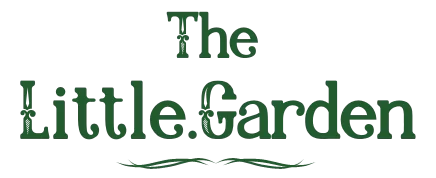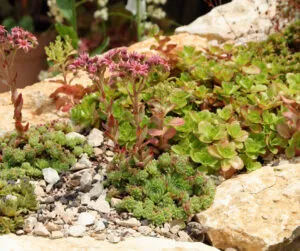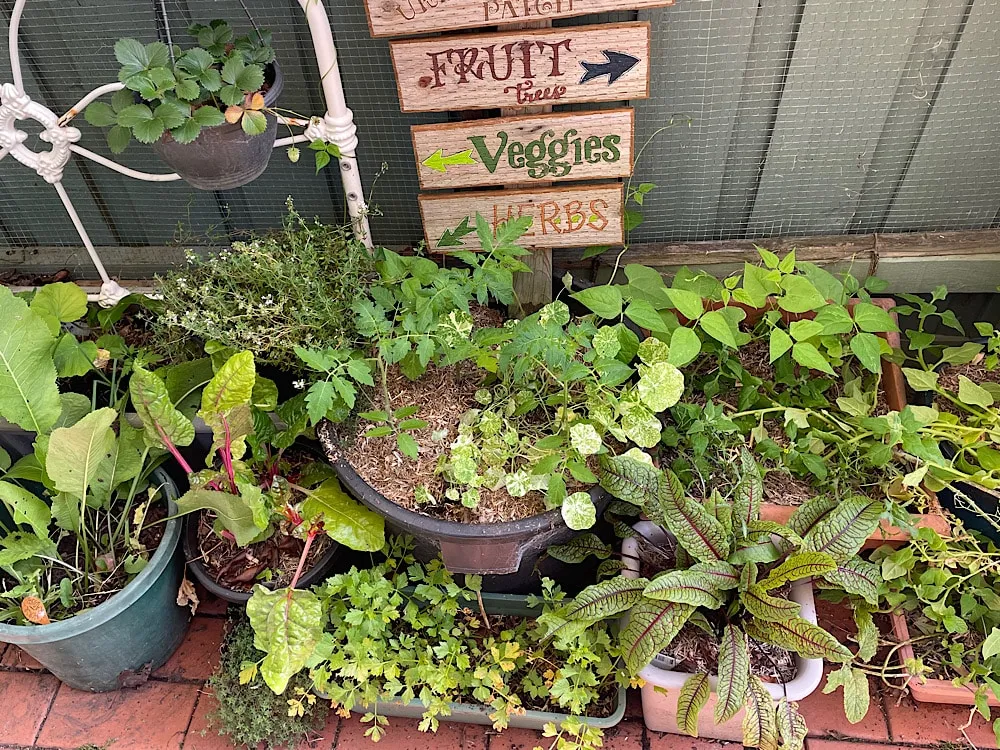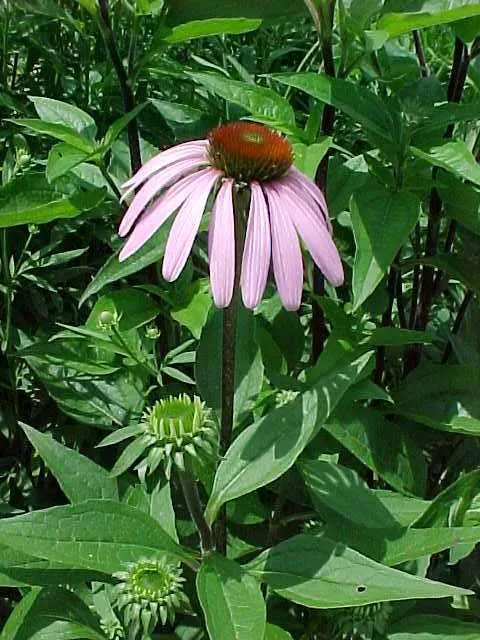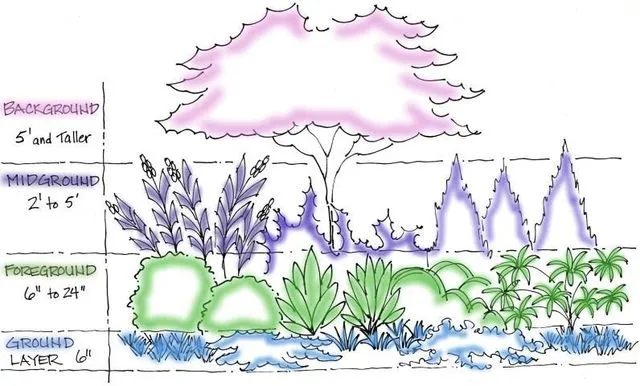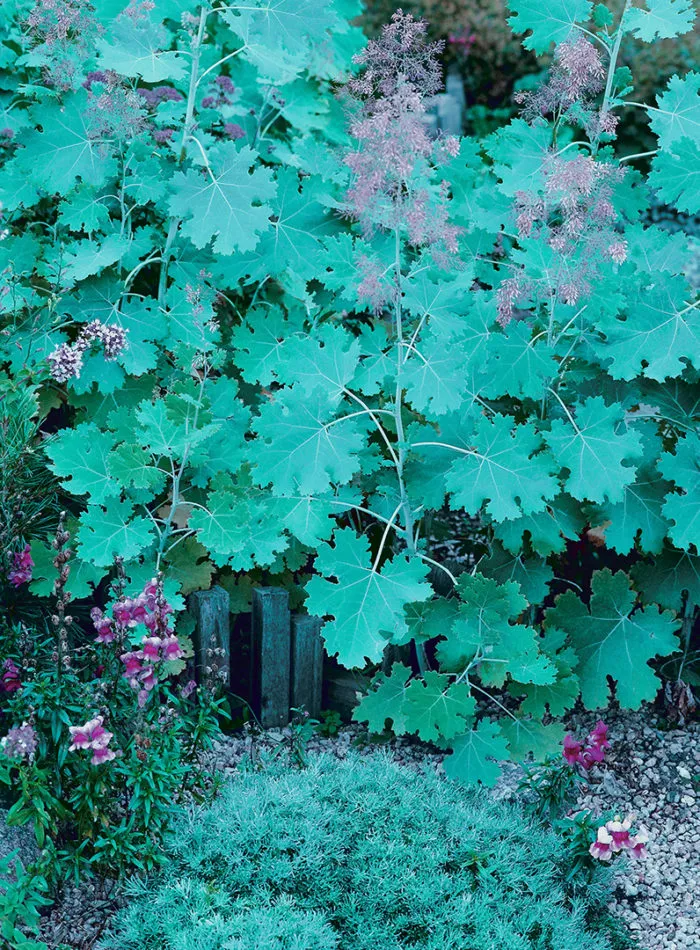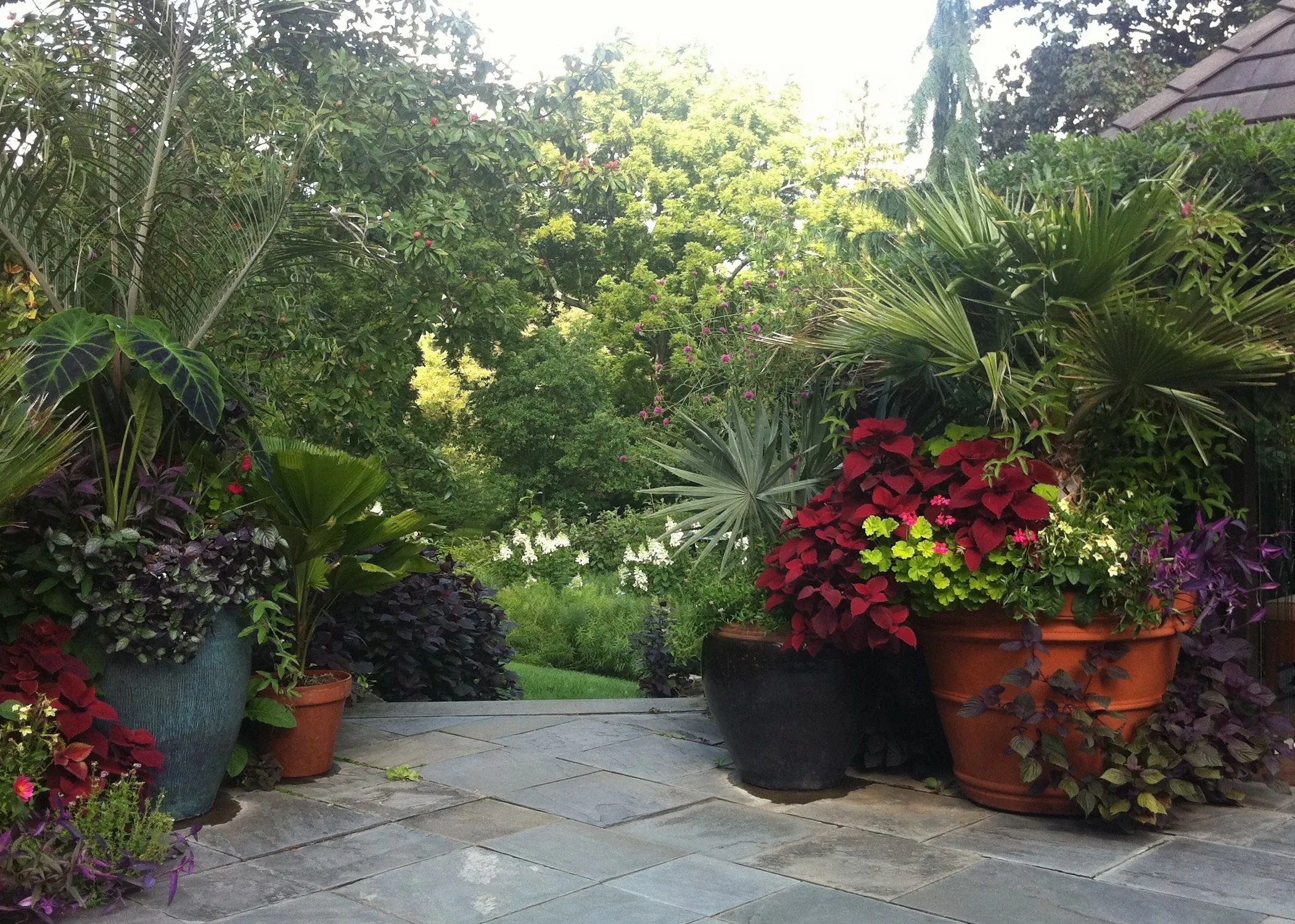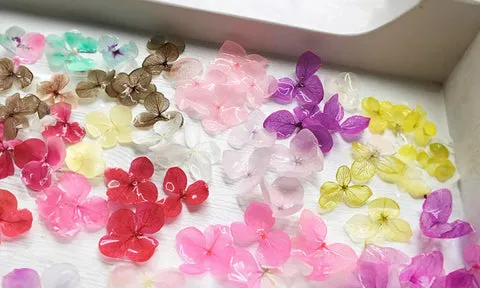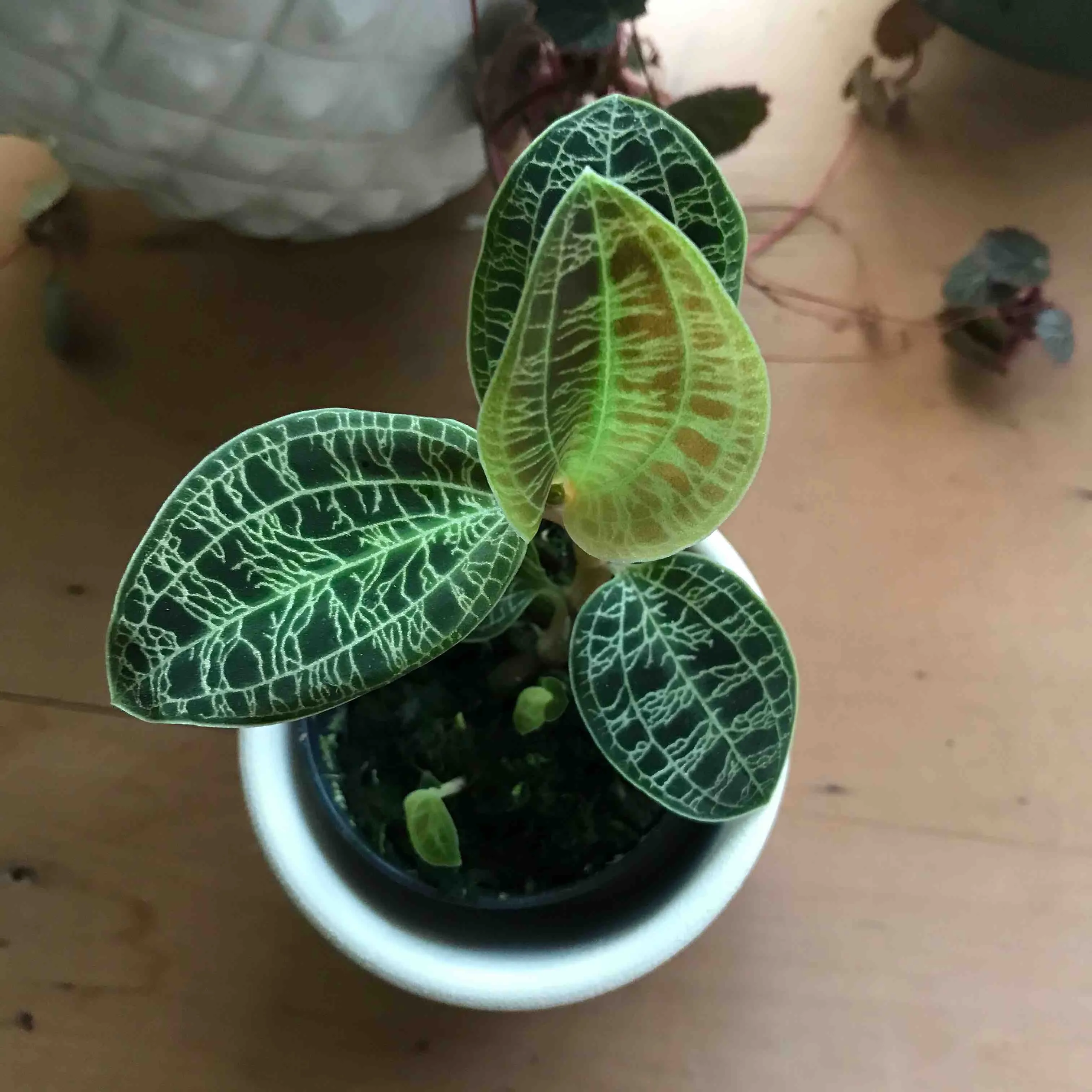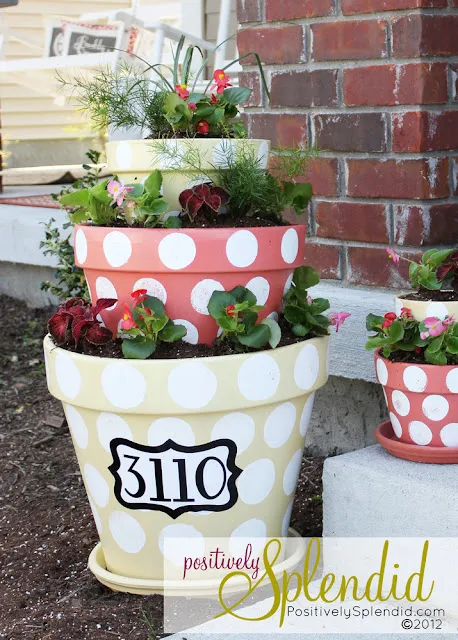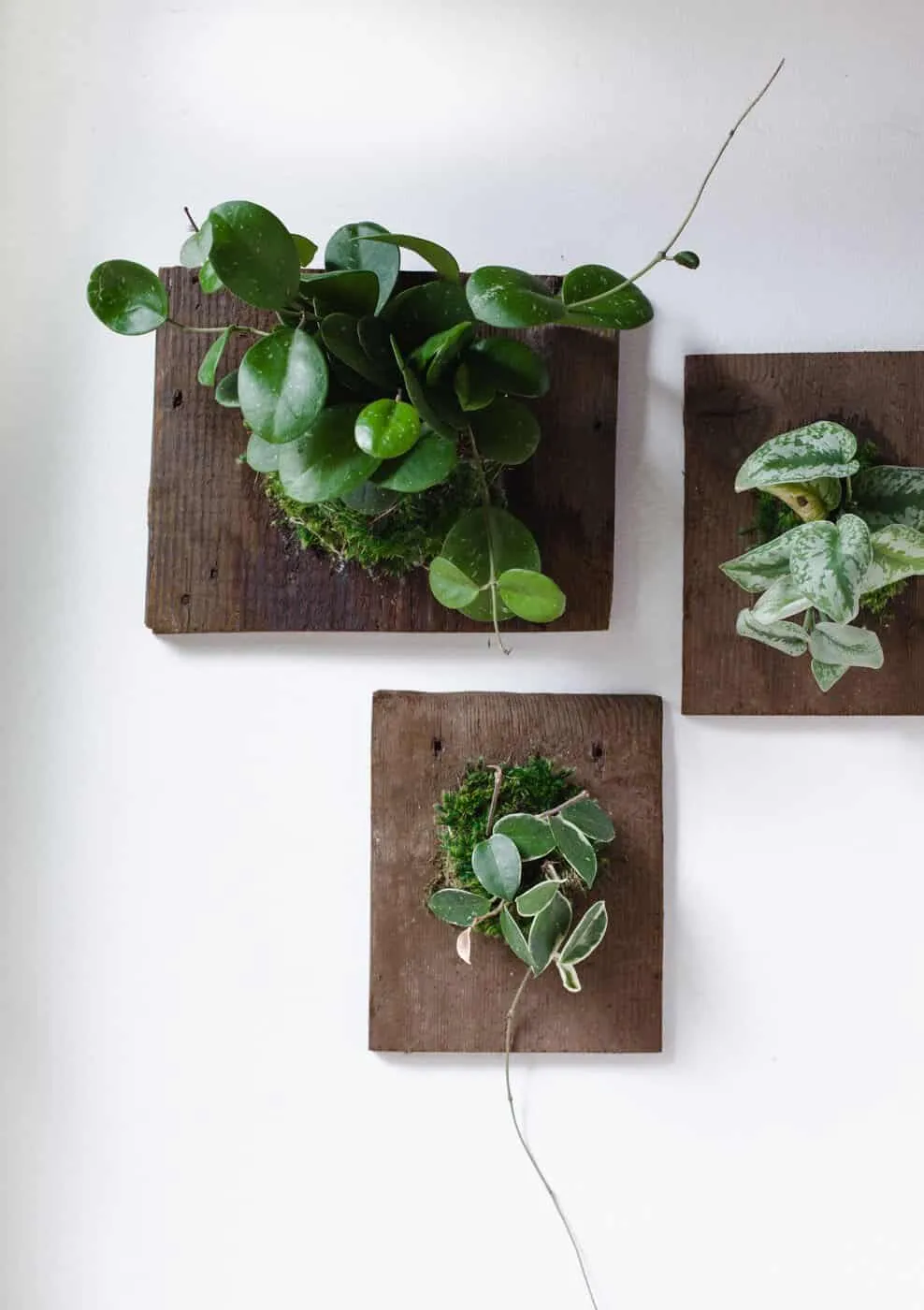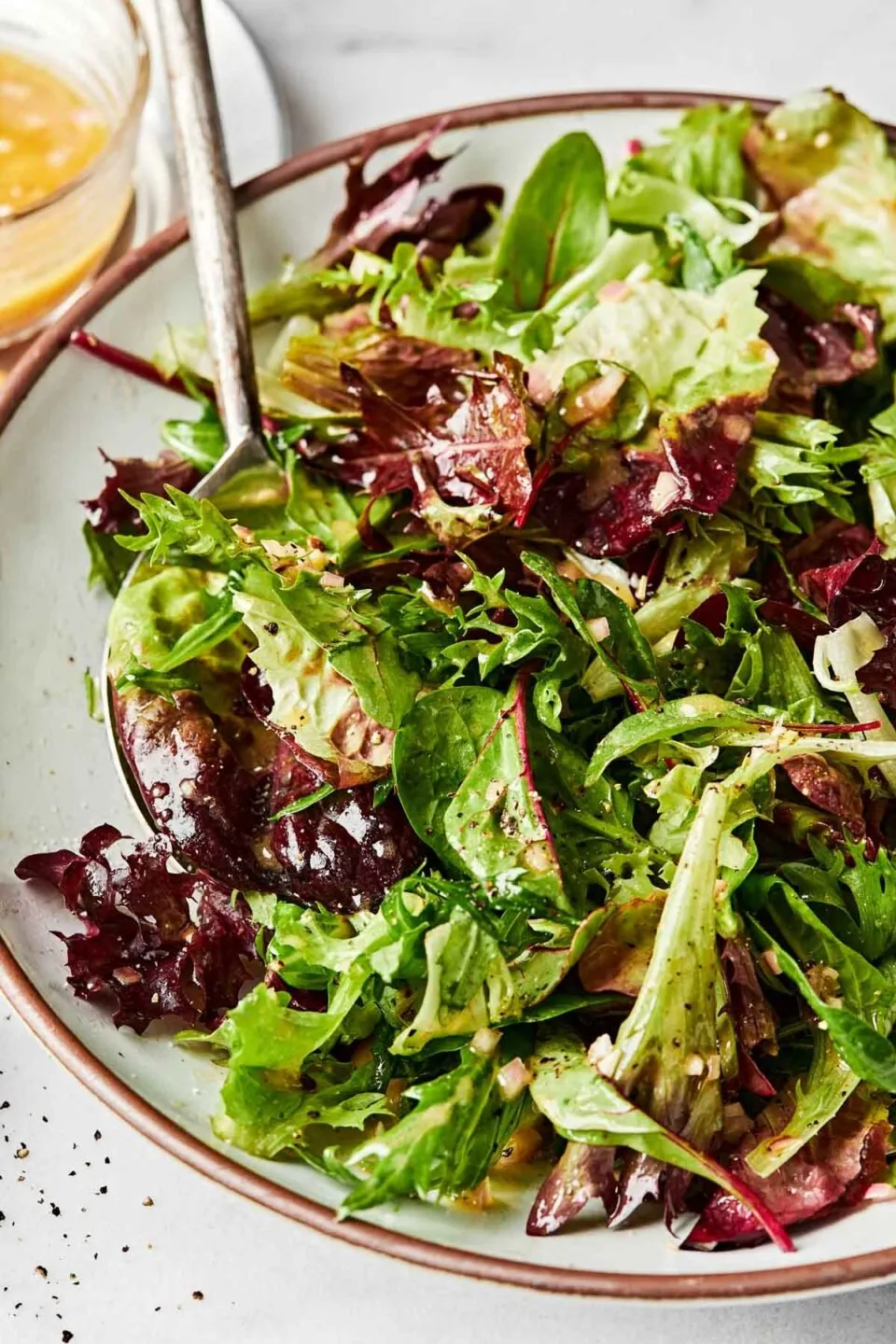- Shamrock hydrangea is a compact lace cap cultivar of bigleaf hydrangea
- Features double pink sterile florets that deepen to pinkish-red
- Blooms for up to two months, starting in July
- Ideal for shrub borders, foundations, and container gardens
- Requires part shade and consistent moisture for optimal growth
Imagine stepping into your garden on a warm summer day, greeted by the delicate beauty of Shamrock hydrangeas in full bloom. These charming shrubs, with their intricate lace cap flowers, add a touch of elegance and whimsy to any landscape. If you’re looking to bring a burst of long-lasting color and unique texture to your outdoor space, the Shamrock hydrangea might just be the perfect addition. Let’s dive into the world of this captivating cultivar and discover how it can transform your garden into a summer wonderland.
Contents
What is Shamrock Hydrangea?
Shamrock hydrangea is a cultivar of Hydrangea macrophylla, commonly known as bigleaf hydrangea. This particular variety stands out for its compact growth habit and stunning lace cap flowers.
Characteristics:
- Scientific name: Hydrangea macrophylla ‘Shamrock’
- Common name: Shamrock hydrangea, bigleaf hydrangea
- Zone: 5 to 9
- Light: Part shade
- Height: 3 to 4 feet
- Spread: 3 to 4 feet
- Bloom time: June to July
The Allure of Shamrock’s Blooms
The true magic of Shamrock hydrangea lies in its flowers. Unlike the more common mophead varieties, Shamrock boasts delicate lace cap blooms that add a touch of sophistication to any garden setting.
Flower Features:
- Double pink sterile florets
- Mature to a deeper pinkish-red
- Can appear bluer or more violet in acidic soils
- Bloom for up to two months, starting in July
Growing Shamrock Hydrangea: Tips for Success
To ensure your Shamrock hydrangea thrives and produces those coveted blooms, follow these essential care tips:
Soil and Sunlight
- Plant in rich, well-drained soil
- Provide part shade for optimal growth
- If planted in full sun, ensure consistent moisture
Watering and Maintenance
- Keep soil consistently moist
- Mulch with 3 inches of shredded bark, peat, or compost
- Prune immediately after flowering if needed
Winter Protection
- In Zone 5, provide additional winter protection
- Consider using burlap wraps or chicken wire filled with leaves
Designing with Shamrock Hydrangea
The compact size and long-lasting blooms of Shamrock hydrangea make it a versatile choice for various garden designs.
Landscape Uses:
- Group plantings in shrub borders
- Accent near foundations or patios
- Create a low hedge
- Grow in containers for portable beauty
Troubleshooting Common Issues
While Shamrock hydrangeas are generally hardy, they can face a few challenges:
Potential Problems:
- Bud blight
- Bacterial wilt
- Leaf spot
- Mildew
- Occasional aphid infestations
Solutions:
- Ensure proper air circulation
- Avoid overhead watering
- Monitor for pests regularly
- Apply fungicides if necessary
Shamrock hydrangea offers gardeners a unique opportunity to add elegance and charm to their outdoor spaces. With its compact size, stunning lace cap blooms, and relatively easy care requirements, it’s an excellent choice for both novice and experienced gardeners alike. Whether you’re looking to create a focal point in your garden or add a touch of sophistication to your patio containers, Shamrock hydrangea is sure to delight. Why not give this beautiful cultivar a try in your garden this season? Your landscape will thank you with months of breathtaking blooms and lush, green foliage.
